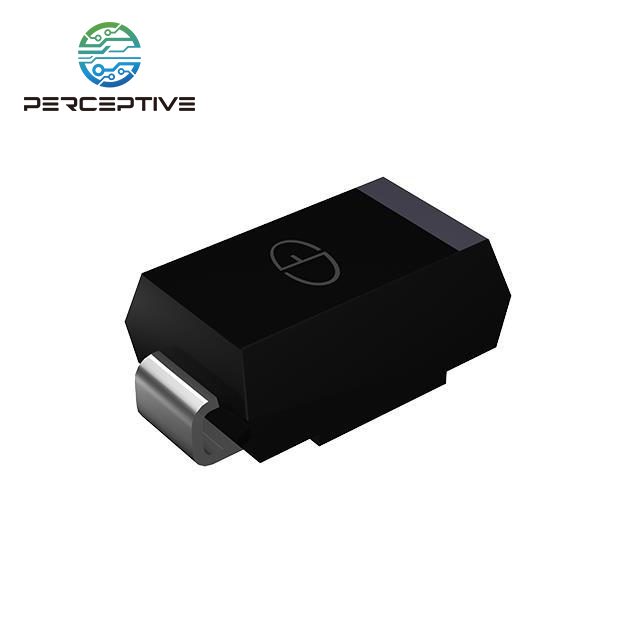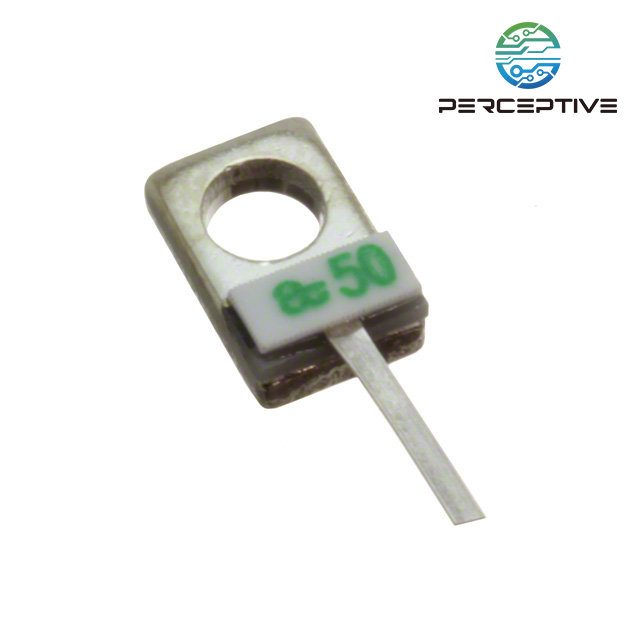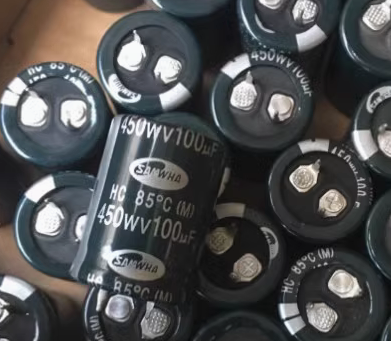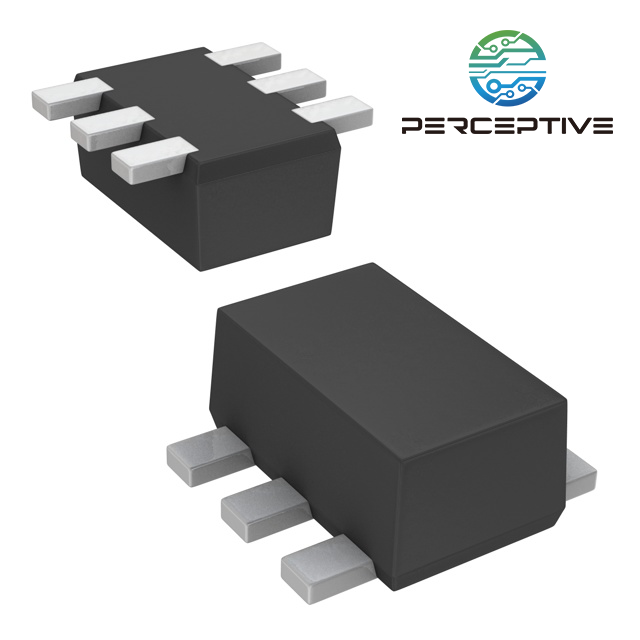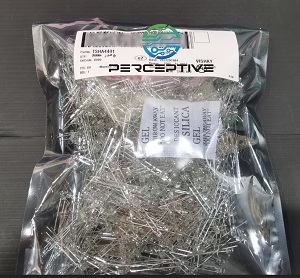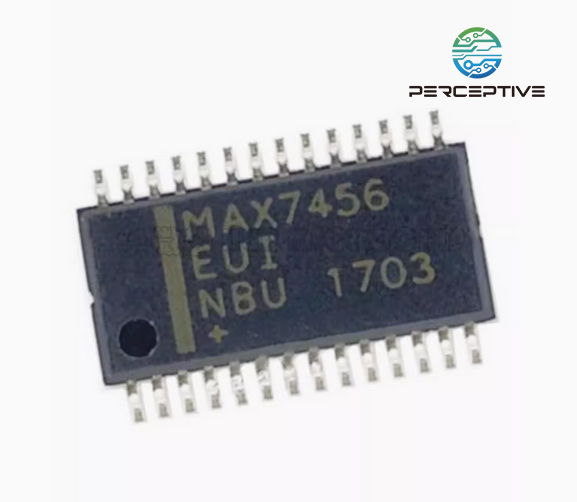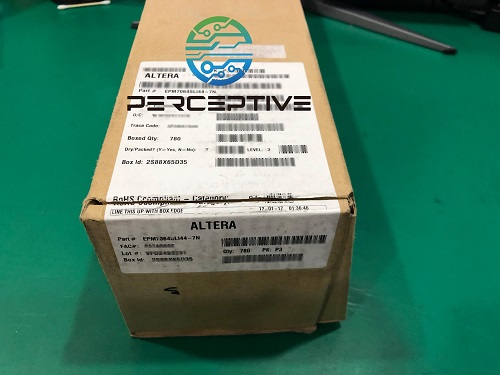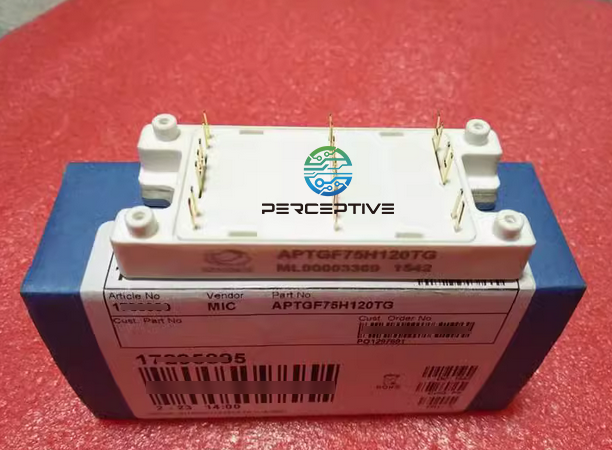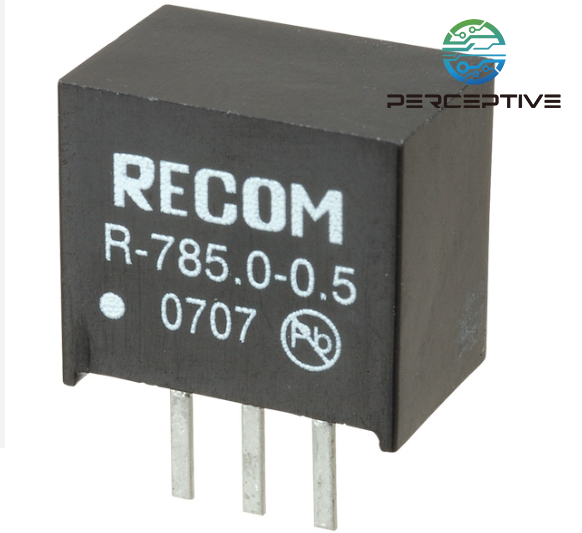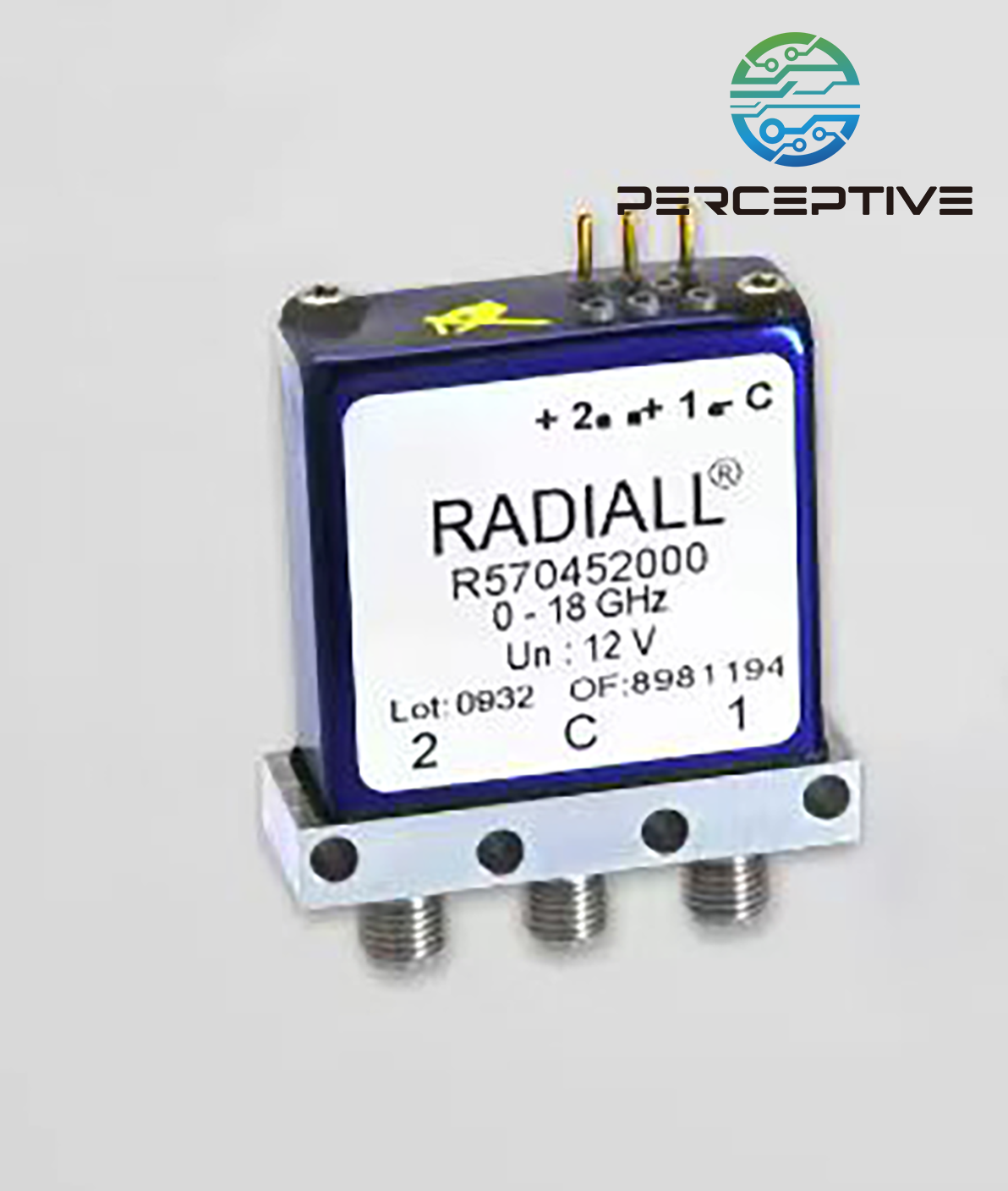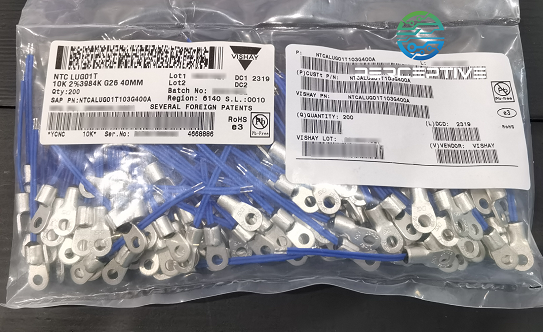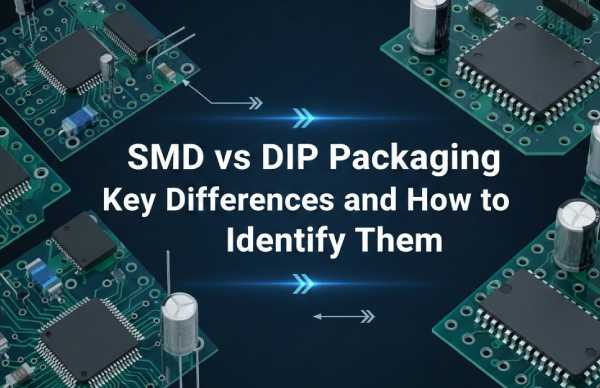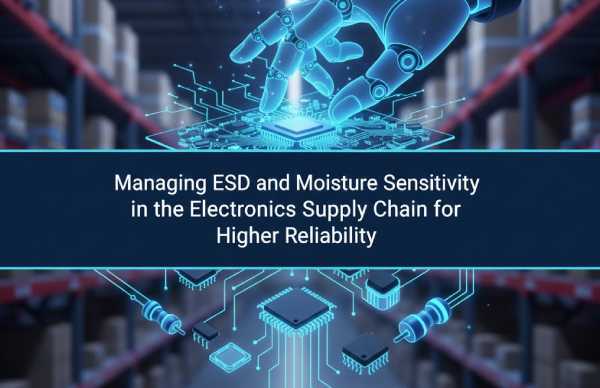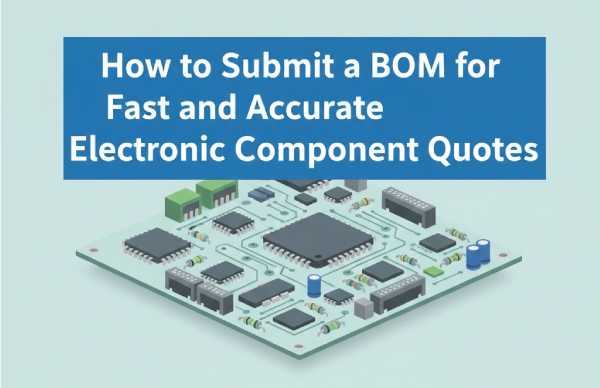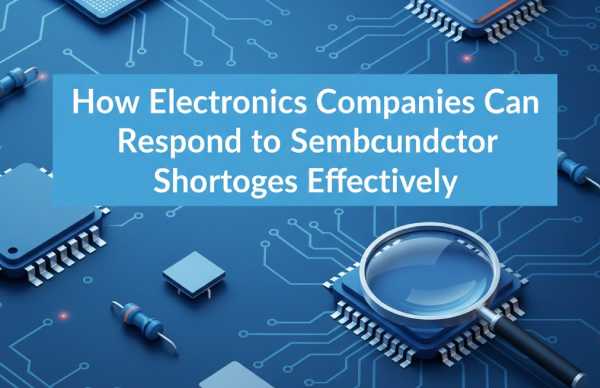In today's hyper-connected world, Bluetooth technology is at the heart of countless wireless applications, from fitness trackers and smart home gadgets to industrial IoT sensors. For hardware designers, engineers, and procurement specialists, selecting the right components for a low-power Bluetooth module is key to balancing energy efficiency, performance, and cost.
Below, we break down the critical building blocks you should consider when sourcing or designing a Bluetooth module that keeps power consumption at a minimum while delivering reliable wireless connectivity.
1. The Core: Low-Power Bluetooth SoC
At the center of any Bluetooth module is the System-on-Chip (SoC), which integrates the Bluetooth radio transceiver, baseband processor, and often an embedded microcontroller. Choosing a modern Bluetooth Low Energy (BLE) SoC is non-negotiable for ultra-low-power designs.
Popular SoCs like Nordic Semiconductor's nRF52/nRF53 series, Silicon Labs EFR32, or Texas Instruments CC2640 series are designed specifically for low-power wireless applications. When comparing options, focus on:
Ultra-low sleep currents: Deep sleep or system-off modes should draw only a few microamperes or less.
Efficient RF performance: High link budgets with minimal transmission power save energy.
Integrated power management: Built-in DC/DC converters and regulators reduce overall consumption.
2. The Crystal Oscillator: Stable and Precise Timing
Stable frequency reference is vital for maintaining Bluetooth communication protocols. A 32 MHz crystal oscillator is commonly paired with the SoC for RF operations, while a 32.768 kHz crystal supports accurate real-time clock functions and sleep mode wake-ups.
When sourcing these crystals:
Look for low ESR (Equivalent Series Resistance) to minimize start-up currents.
Consider tight frequency tolerance to maintain Bluetooth compliance.
Ensure the crystal package matches your module's size constraints.
3. Antenna: Compact, Efficient RF Performance
An often-overlooked but essential component is the antenna. For low-power modules, a well-matched, efficient antenna ensures that minimal transmit power achieves maximum range.
Options include:
Chip antennas: Space-saving and ideal for compact designs.
PCB trace antennas: Cost-effective and customizable, but require careful layout and tuning.
External antennas: Offer flexibility for designs needing extended range.
Procurement teams should verify that the chosen antenna is tuned to the desired Bluetooth frequency band (typically 2.4 GHz) and compatible with regional RF regulations.
4. Matching Network: Fine-Tuning RF Impedance
To connect the SoC's RF output to the antenna efficiently, a matching network—typically made up of inductors and capacitors—is required. This tiny cluster of passive components minimizes signal reflections and maximizes transmitted power without unnecessary drain on the battery.
Engineers should:
Choose high-Q, tight-tolerance inductors and capacitors.
Validate the matching circuit with proper impedance measurements during prototyping.
5. Power Management IC (PMIC): Optimize Battery Life
A well-designed low-power module must manage power rails efficiently. A Power Management IC (PMIC) handles voltage regulation, battery charging, and switching between power sources when necessary.
For battery-operated devices, look for PMICs that:
Support dynamic voltage scaling to adapt supply voltages based on operating modes.
Integrate protection features (over-voltage, over-current, thermal).
Have low quiescent current to extend battery standby times.
6. Passive Components: Small but Significant
Capacitors, resistors, and ferrite beads are essential for decoupling noise, stabilizing voltages, and filtering signals. They may be small, but poor-quality passives can drastically affect RF performance and power consumption.
Procurement professionals should prioritize:
High-reliability, tight-tolerance passives.
Sourcing from reputable brands to ensure consistency.
7. PCB Design and Layout: The Silent Enabler
Beyond component selection, smart PCB design plays a huge role in power efficiency. Compact trace lengths, proper ground planes, and shielded RF sections reduce losses and interference, ensuring the module operates at peak efficiency.
Conclusion
Designing or sourcing a low-power Bluetooth module is about more than picking the cheapest SoC or smallest antenna. It requires balancing energy efficiency, RF performance, and robust component quality. By carefully selecting each element—SoC, crystals, antenna, matching network, PMIC, and high-quality passives—you ensure that the final module delivers reliable connectivity with minimal battery drain.
At Perceptive Components, we understand the importance of reliable sourcing and global component availability. Whether you're developing a wearable device or a smart sensor, our experienced team can help you find the right components for your next low-power Bluetooth design.


